Japandi, Combining Scandinavian Minimalism and Japanese Aesthetics
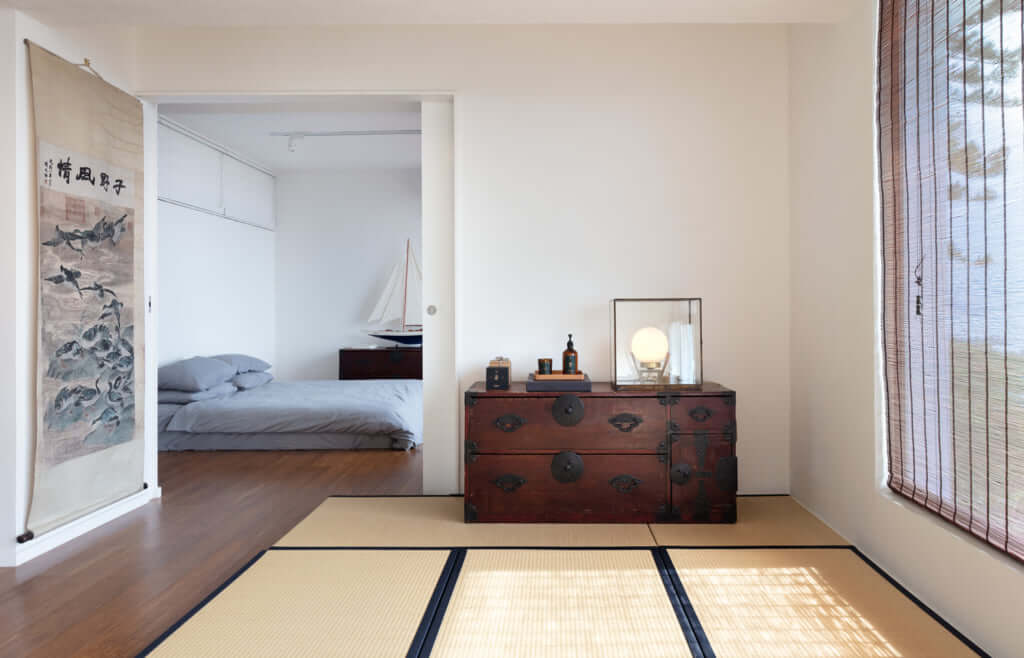
Interior Design: www.aworkofsubstance.com / Photography: Dennis Lo (www.dennislo.com / www.facebook.com/dennislodesigns)
When Scandinavian minimalism and the Japanese spirit combine, the result is a new trend which is carving out a place in interiors: Japandi.
Japandi is formed from the words Japan and Scandinavia, but it is above all a blend of the two movements which share various similarities, including minimalism. Thus, the neutral tones and sober design of Japanese interiors complement the clean lines and natural materials found in the Nordic style. This creates a warm environment, somewhere between the famous hygge so dear to Scandinavians, where cosy covers and candles adorn interiors, and wabi-sabi, the Japanese aesthetic concept which advocates imperfection through handmade objects and the effects of time. ‘The beauty of imperfect, impermanent and incomplete things is the beauty of modest, humble things and the beauty of unconventional things’, explains Leonard Koren in his book Wabi-sabi: For Artists, Designers, Poets & Philosophers.
The softness of pastel colours
The walls are painted in light, pastel colours. White, soft pink, sand and beige take pride of place, sometimes alongside a touch of taupe, brown or anthracite grey to create volume and contrasts. For furniture, interiors that follow the Japandi trend feature items made from natural materials, so dear to the figurehead of Scandinavian design Alvar Aalto, such as wood, especially oak, pine and acacia. The passage of time and the patina acquired, the ultimate form of refinement for lovers of wabi-sabi, only serve to make them more desirable.
Materials like leather or concrete can also be found in small doses in Japandi interiors, because it is undeniable that raw materials go particularly well with pastel tones and add a little touch of modernity.
Sober decoration
Clean-cut is the watchword in Japandi. Gone are the collections of trinkets and photo frames and rooms stuffed full of furniture. Minimalism is the rule, and interiors are emptied to leave only the essentials. A wooden screen, a futon bed or a wicker armchair add delicate decoration to the bedroom or living room, while ceramic vases and copper chandeliers provide the finishing touch.
Particular attention is paid to lighting, with a choice between refined but stylish lamps which remain true to Scandinavian influences, or lights made from wood and paper which plunge interiors into a half-light revered by the Japanese, as described by Junichiro Tanizaki in his work In Praise of Shadows.
Evanescent ferns, delicate Japanese maples and downy cotton flowers are at home here, but again in small doses. Another Japanese notion, Ma, can also be called upon here to evoke Japandi a little more: it does not see emptiness as a hollow, but rather as a link, a transition between things or objects.
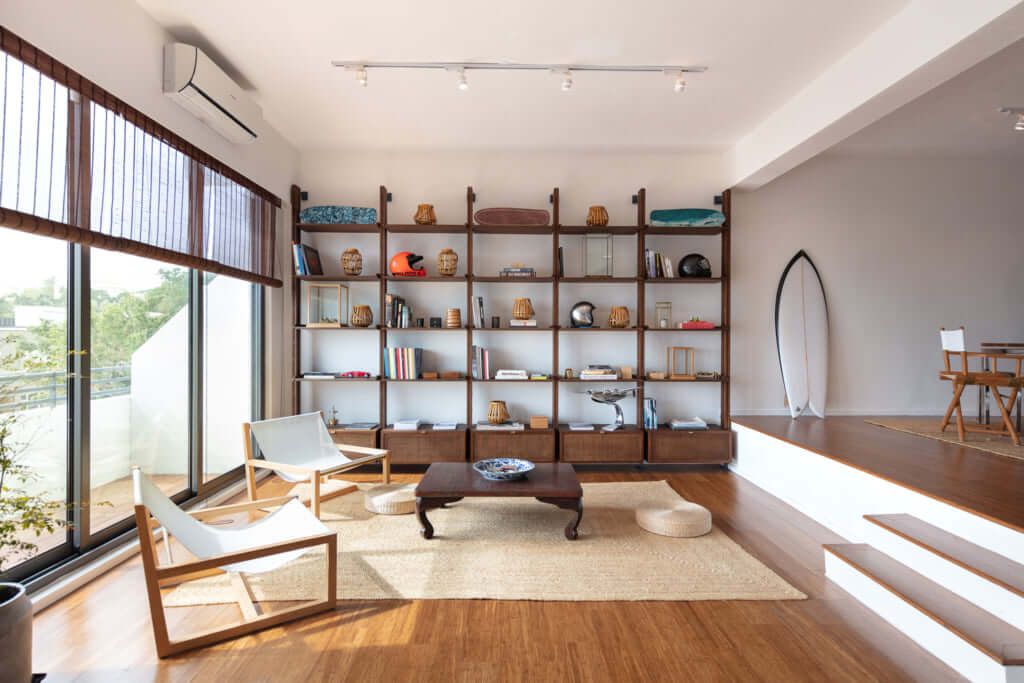
Interior Design: www.aworkofsubstance.com / Photography: Dennis Lo (www.dennislo.com / www.facebook.com/dennislodesigns)
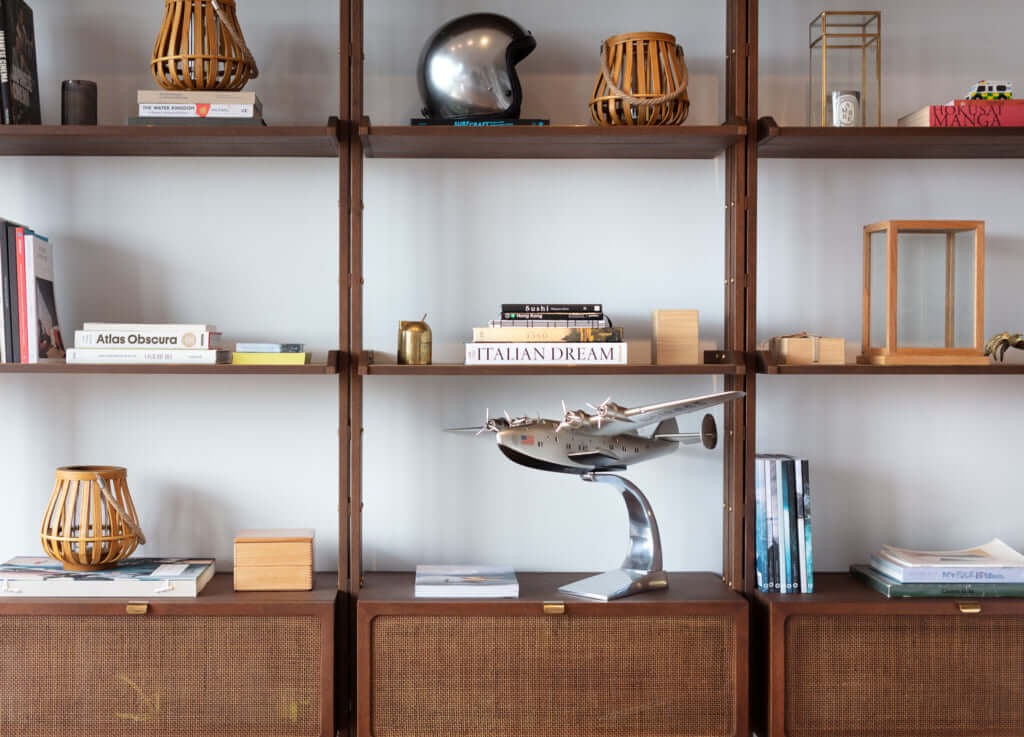
Interior Design: www.aworkofsubstance.com / Photography: Dennis Lo (www.dennislo.com / www.facebook.com/dennislodesigns)
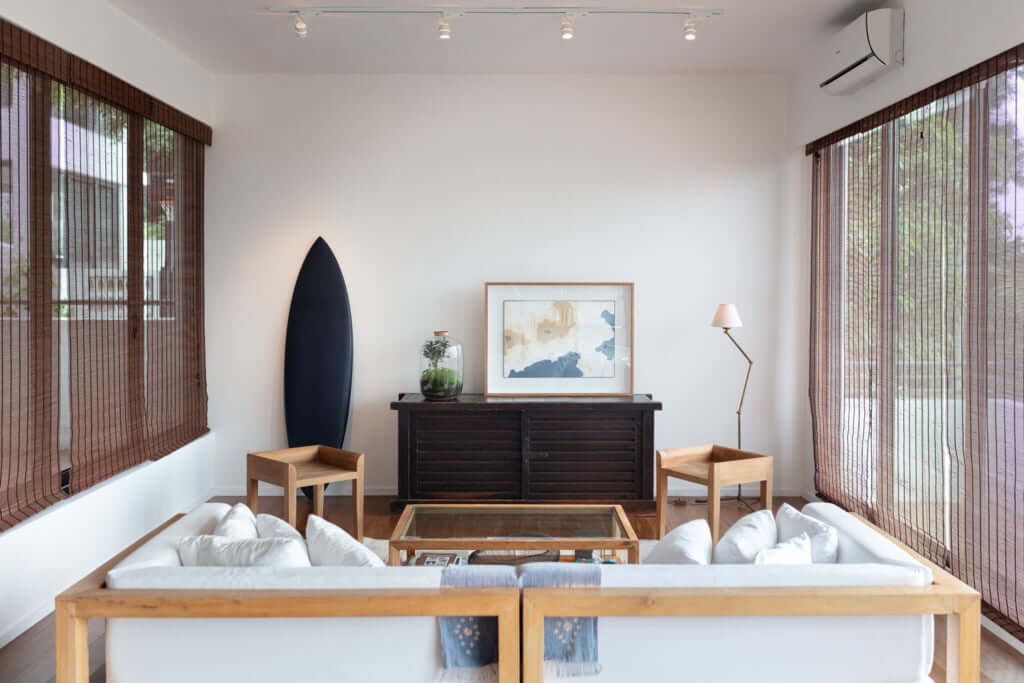
Interior Design: www.aworkofsubstance.com / Photography: Dennis Lo (www.dennislo.com / www.facebook.com/dennislodesigns)
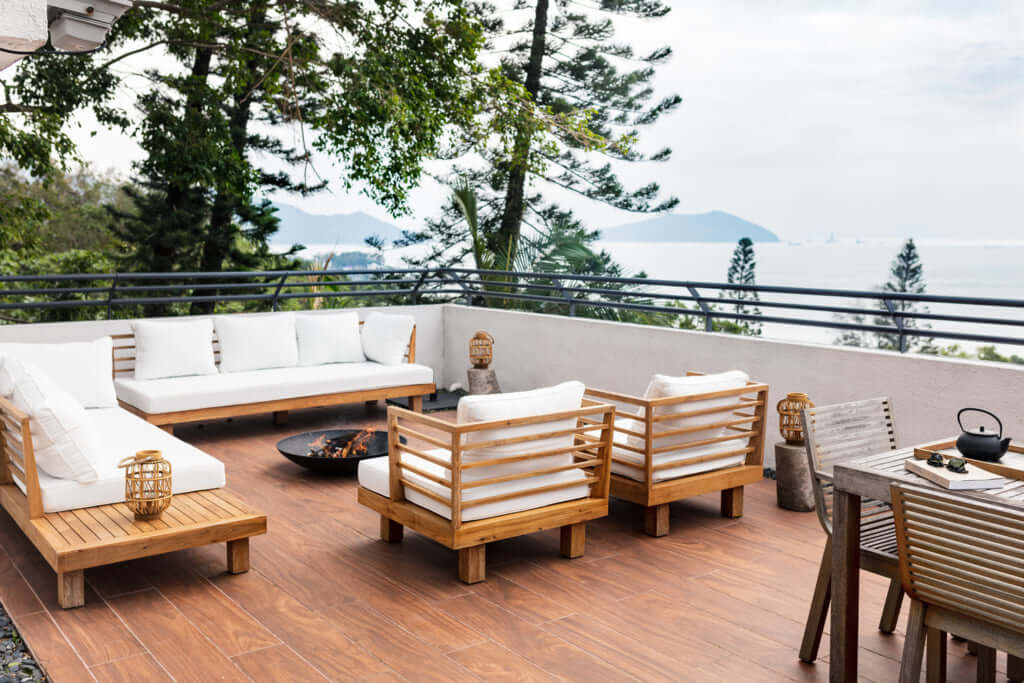
Interior Design: www.aworkofsubstance.com / Photography: Dennis Lo (www.dennislo.com / www.facebook.com/dennislodesigns)
TRENDING
-
Yakumo Saryo: A Culinary Voyage in Tokyo
Shinichiro Ogata makes objects from glass, ceramics and bronze but is also a fantastic cook. Have a taste of both his talents at restaurant Yakumo Saryo.

-
WA BI GIN : (An Old) Affair of Passion
The Japanese distillery Hombo Shuzo, first known for their shoshu, decided to launch itself into artisanal production of gin. Thus, WA BI GIN was born.

-
Gome Pit, the Pop-Up Bar in a Waste Treatment Facility
Japan never ceases to surprise. Gome Pit is a pop-up bar with an unobstructed view over a pit where tonnes of waste are piled up before being incinerated.

-
A Japanese Tea Room Perched Atop a Rooftop
The building, in keeping with the minimalist style of its creator, offers a splendid view of Vancouver Bay and the surrounding mountains.

-
Discover Japanese Gastronomy Through The Solitary Gourmet Manga
This illustrated black and white album follows its lead through various bars, celebrating the Japanese art of living.





